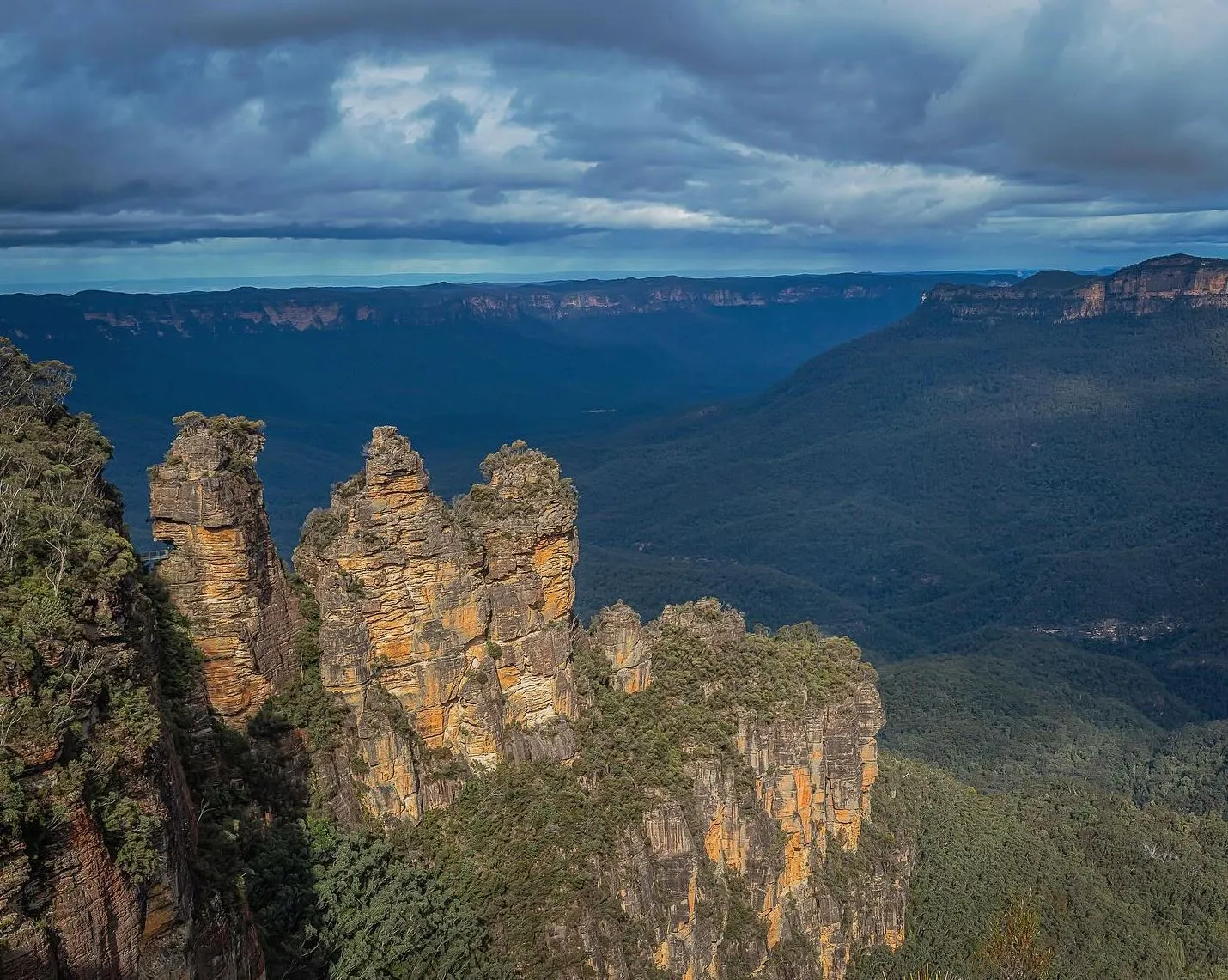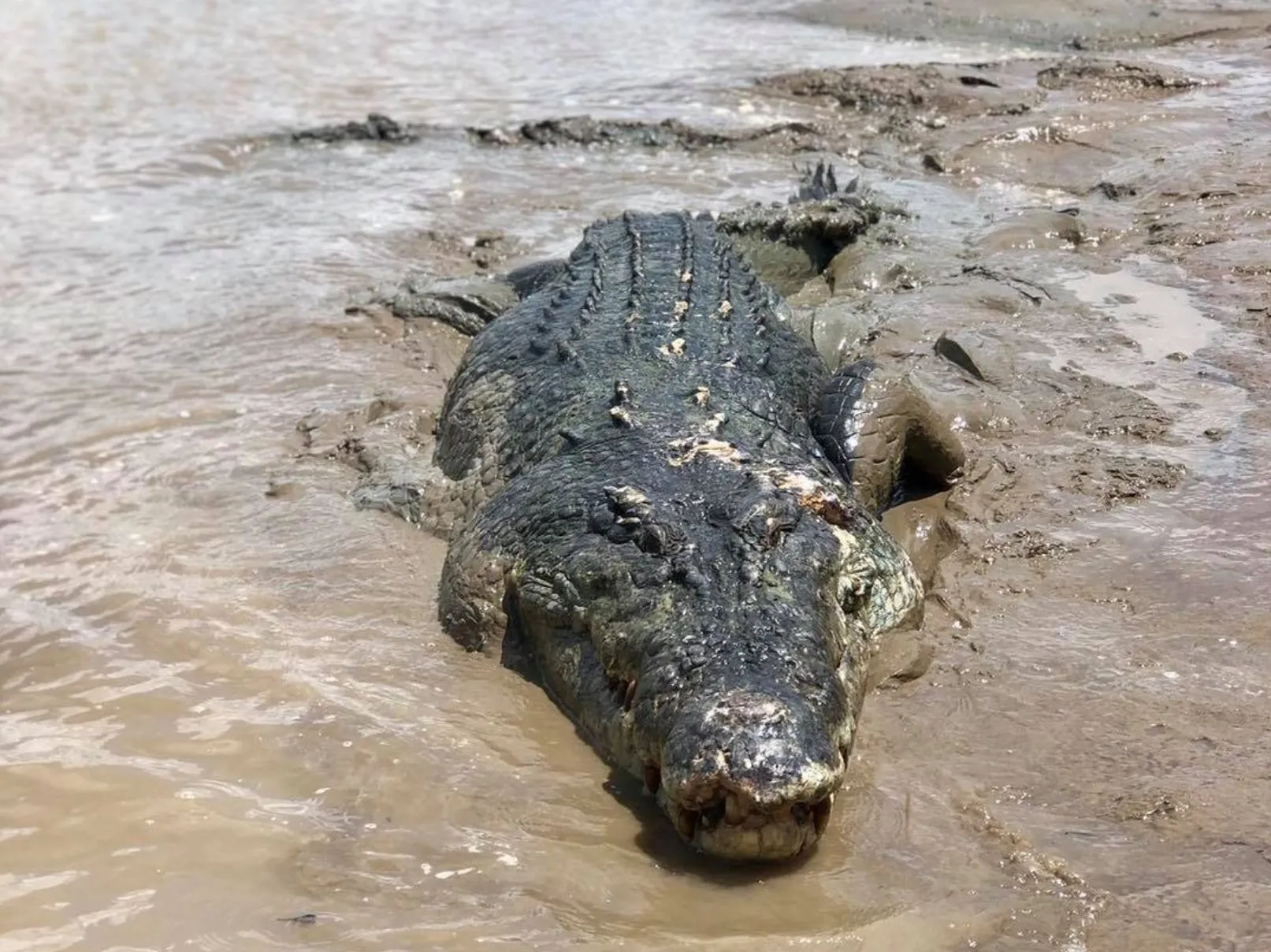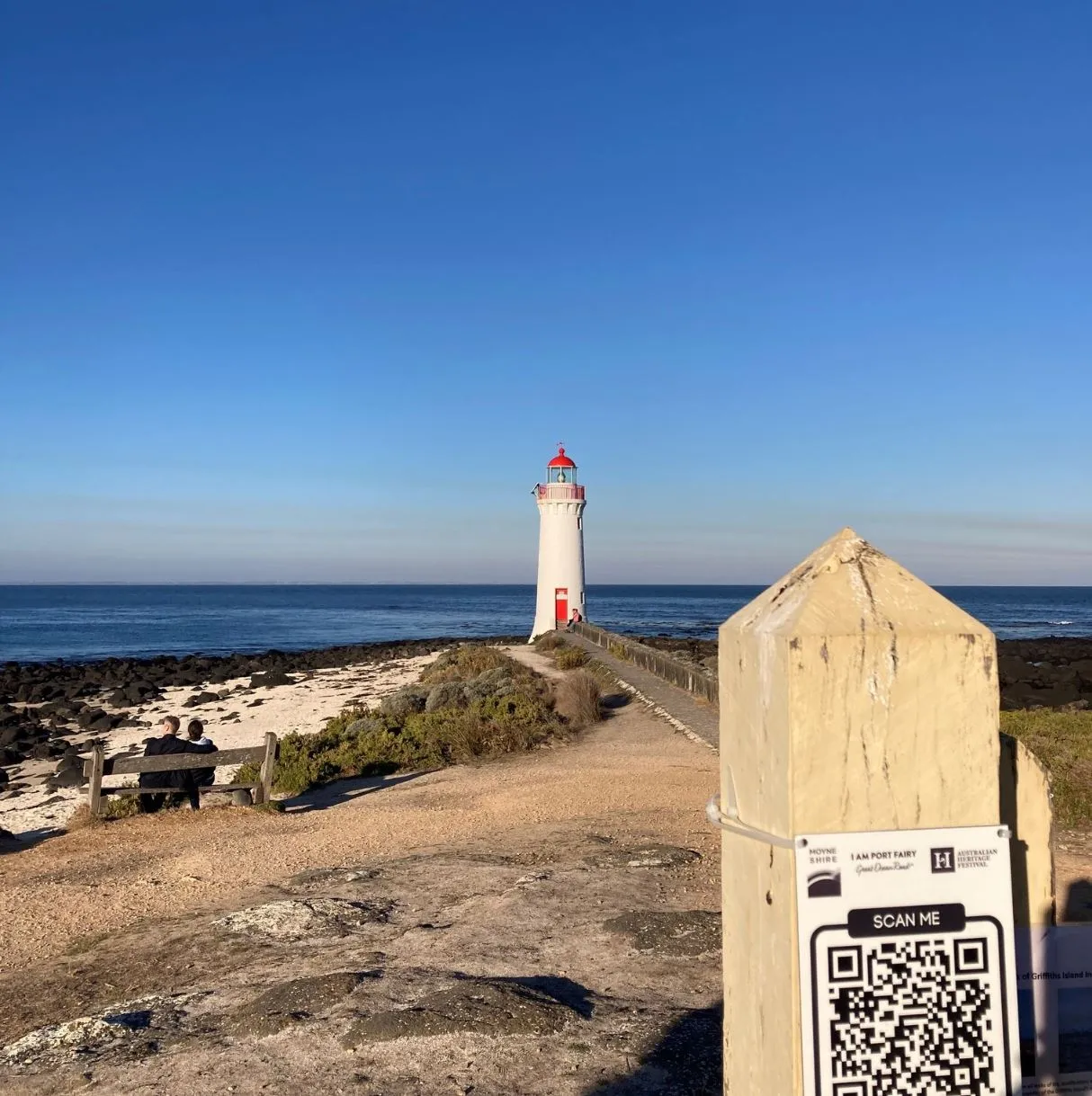Only a couple of hours from Sydney the Blue Mountains are a well known escape with stunning views including Wentworth Falls, Mount Victoria and Phantom Falls. With a temperate climate the weather can vary greatly depending on the season and altitude so it’s good to know what to expect before you go. This guide will help you understand the average temperatures, weather conditions and seasonal trends in the mountains so you can make the most of your Blue Mountains tour.
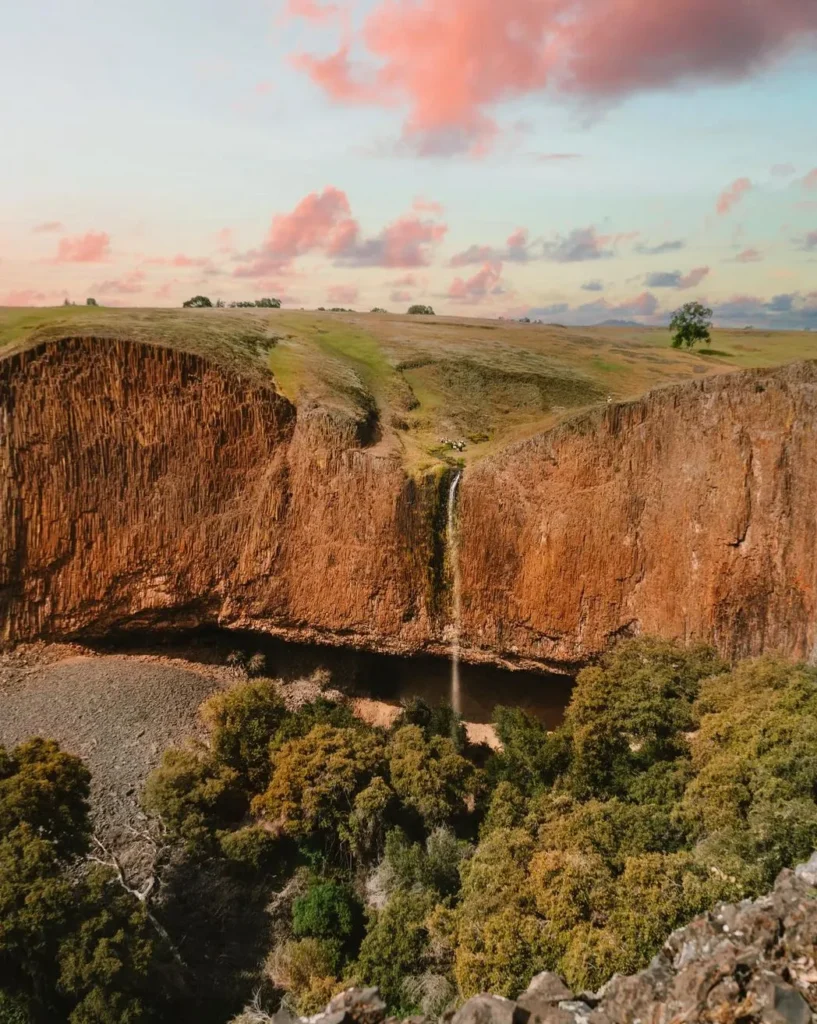
Blue Mountains Weather
The Blue Mountains have pronounced seasons and a milder climate than Sydney so it’s a great destination any time of year. The temperature varies across the seasons from cool in winter to warm in summer depending on the mountain peaks and valleys. Whether you’re into outdoor activities like mountain hikes, bushwalking or just exploring scenic spots knowing the current temperature and weather conditions will help you plan your day.
Spring (September to November)
Temperatures:
- Day: 12°C to 22°C
- Night: 5°C to 10°C
Spring is a great time to visit the Blue Mountains. The temperate climate starts to warm up and the temperatures are perfect for getting outdoors. The landscape comes alive with flowers and warm orange-red hues in the tree tunnels. You’ll get mild weather with a medium chance of light rain or afternoon showers. As the temperatures rise in spring the area is a haven for bushwalkers and nature lovers.
What to Pack: Light layers for the cooler evenings and be prepared for occasional showers or light rain.
Summer in the Blue Mountains (Dec to Feb)
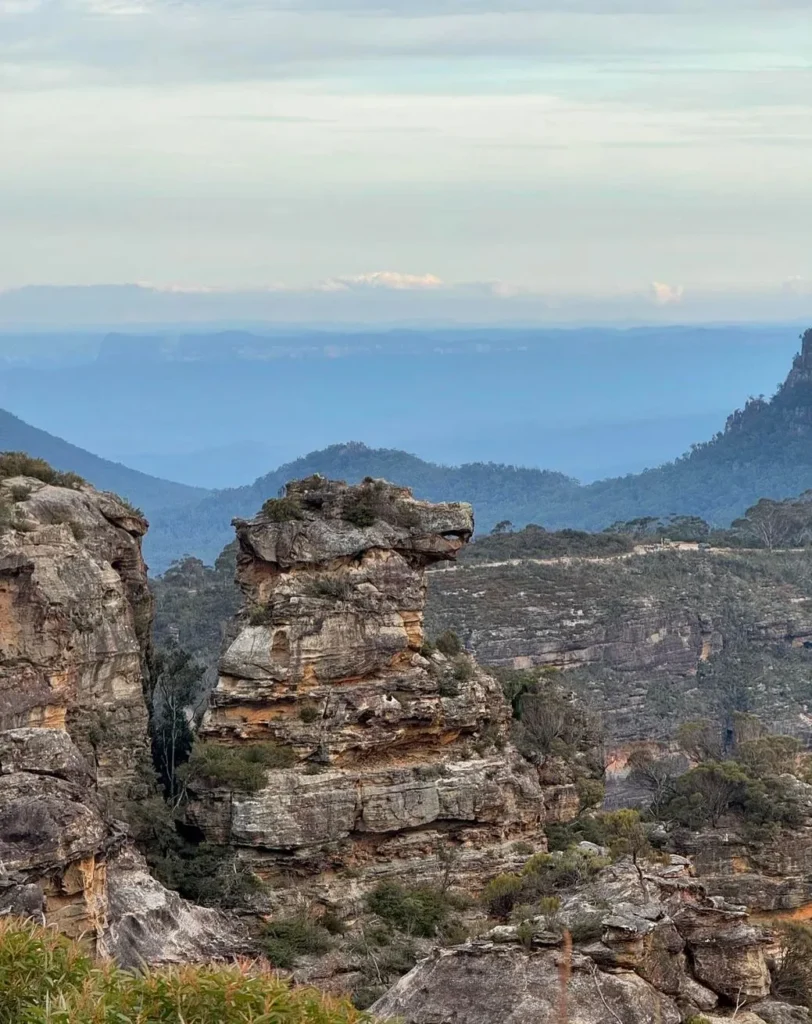
Temperatures:
- Day: 20-30°C
- Night: 10-15°C
Summer is warmer than winter in the Blue Mountains but still cooler than Sydney. With temperatures in the 20-30°C range, it’s perfect for bushwalking and scenic drives. While there’s more chance of showers, it’s usually light and most likely in the afternoons. Summer is great for hiking and exploring Wentworth Falls or the Northwest Blue Mountains.
What to Pack: Light, breathable clothes for the day, a jacket for cooler evenings and rain gear for the occasional light snow or showers.
Autumn in the Blue Mountains (Mar to May)
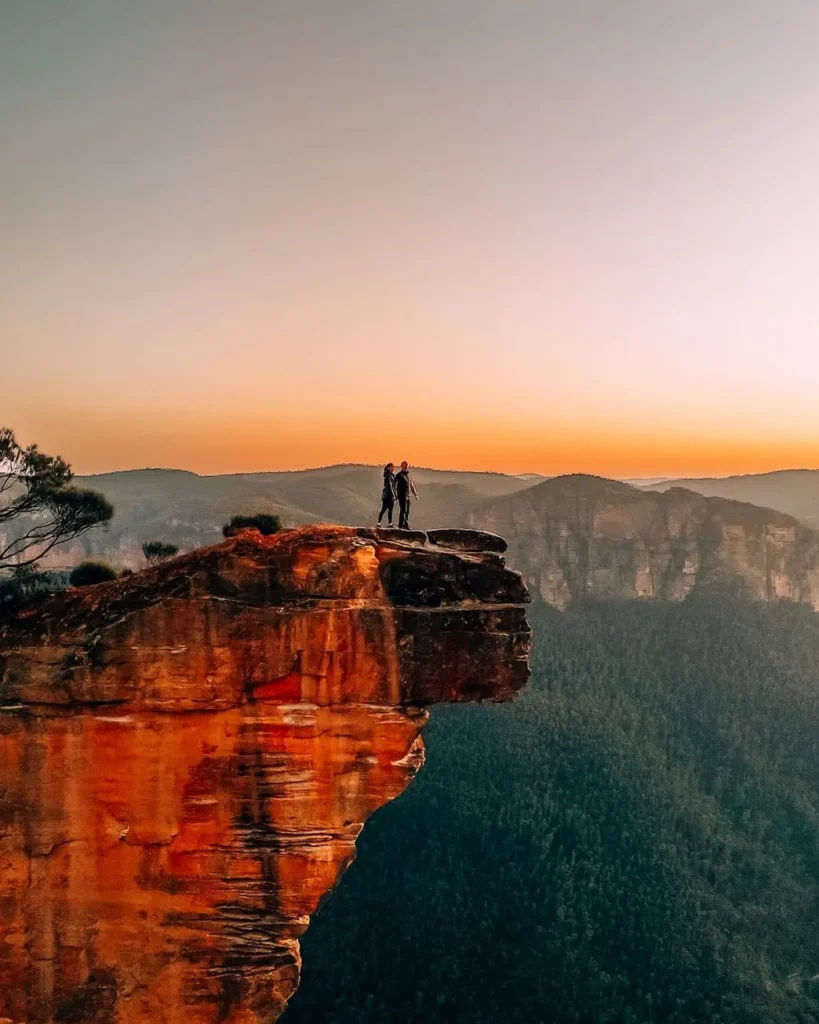
Temperatures:
- Day: 12-22°C
- Night: 5-10°C
Autumn is cooler and more pleasant with a range of colours to the landscape. Daytime temperatures are comfortable and perfect for recreational activities like bushwalking or mountain hikes. There’s a bit more chance of rain but you can still enjoy brisk walks in dry months or occasional rain showers that add to the magic of the mountain weather.
What to Pack: Layering clothes for the variable weather, warmer clothes for cold nights and rain gear for wet weather.
Winter in the Blue Mountains (Jun to Aug)
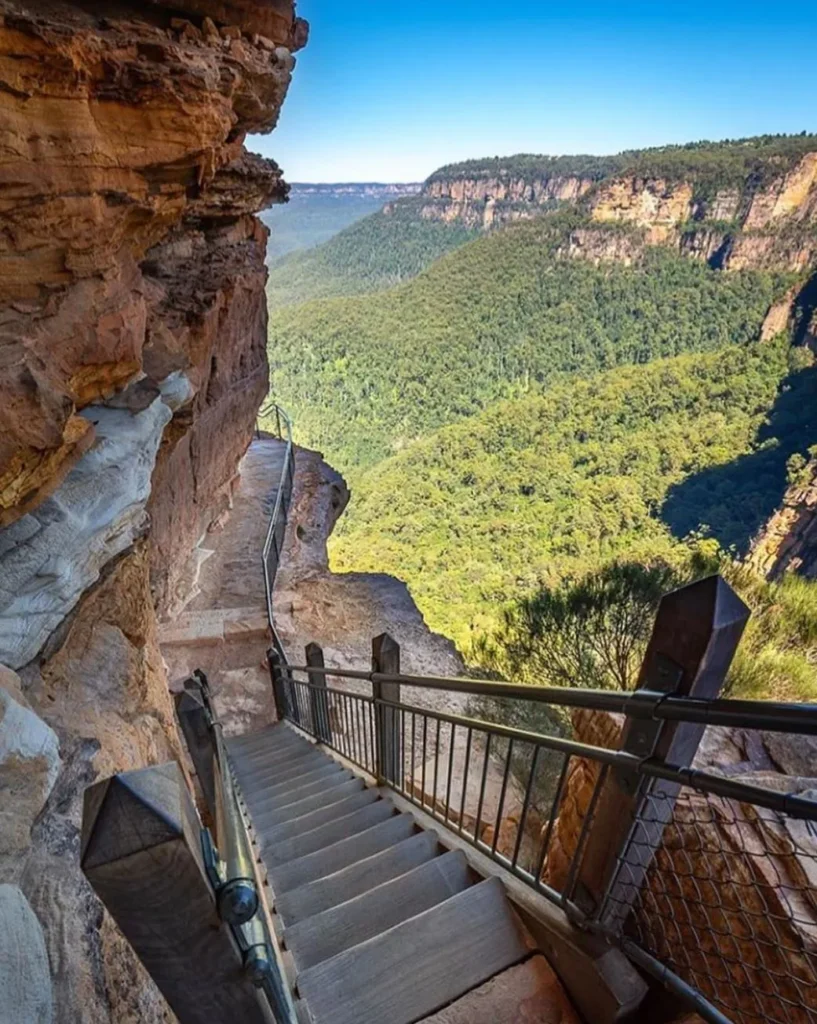
Temperatures:
- Day: 5-15°C
- Night: -2-5°C
Winter in the Blue Mountains sees a drop in temperature with cold getting colder as the temperature can even drop below zero at night. If you love snow, the Blue Mountains may get occasional snow days at higher altitudes and the area turns into a winter wonderland. There’s more chance of showers but snow is limited to higher altitudes like Mount Tomah Botanic Garden. For a quiet retreat with fewer crowds, winter is the perfect time if you prefer milder weather in the off season.
What to Pack: Heavy coats, warm layers, waterproof boots and winter gear to stay warm in cold temperatures and cool nights.
Rainfall and Precipitation in the Blue Mountains
The Blue Mountains gets consistent rainfall every month, with the rainy season being summer and early autumn. The humidity increases during this time and the dry months of winter and spring has less precipitation. Rain usually falls around noon or late afternoon in the wet months. The region gets days of rain that brings out the best of its landscapes and makes mountain hikes even more magical.
When to Visit the Blue Mountains?
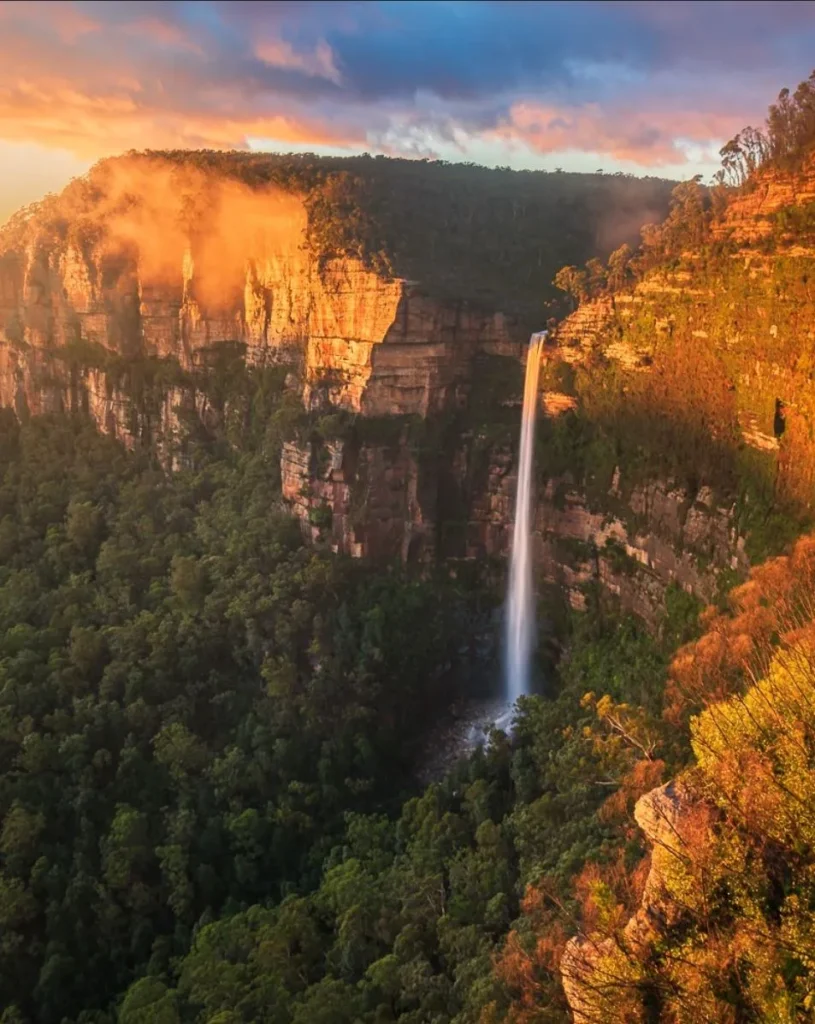
The Blue Mountains are open all year round, each season has its own special something:
- Spring and Autumn: Peak tourist season with nice weather, less rain.
- Summer: Perfect for Upper Mountains adventures with warm weather, but check the 10 day forecast for rain.
- Winter: Good if you like cold weather and winter sports, and if you prefer to visit without the crowds.
Conclusion
With distinct seasons and a mild climate the Blue Mountains have something for every weather condition. Whether you visit during autumn’s orange-red glow, summer’s sunshine or winter’s chill, knowing the average temperature and chance of rain will help you plan your trip. For outdoor enthusiasts and nature lovers the Blue Mountains has mountain hikes, scenic views and activities for every time of year.
FAQ
What’s the coldest month?
July
Does it snow?
Yes, snow is rare but can happen, especially in higher areas like Mount Tomah and Mount Victoria.
What are the warmest months?
December to February
When to bushwalk?
Spring and autumn are the best time to bushwalk, nice temperatures and less rain.
How much rain does the Blue Mountains get?
1,050mm per year, most of it in summer.
